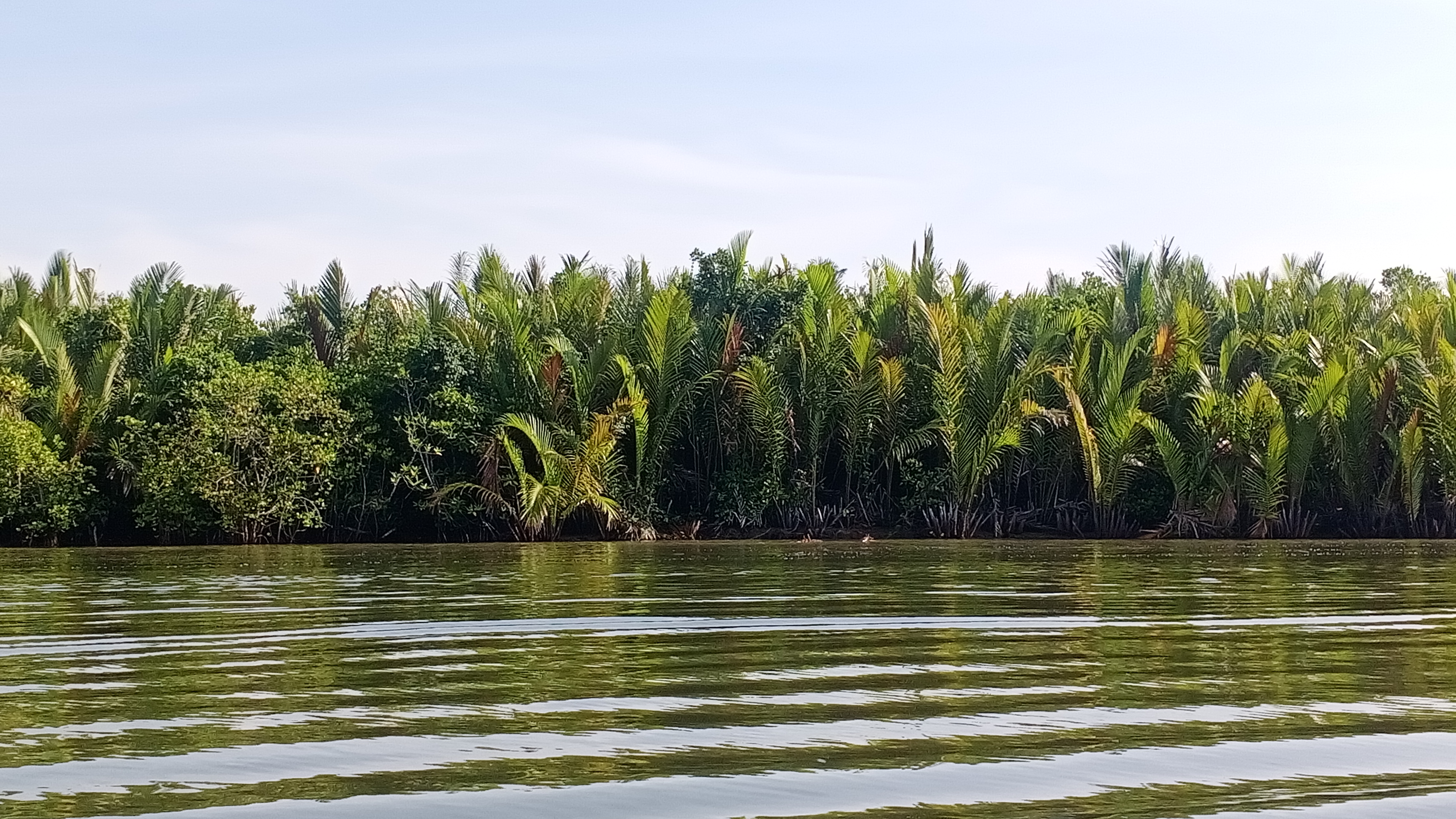How Blue Carbon Projects are Saving Indonesia's Coastline
Science

Understanding Blue Carbon
Blue carbon refers to the carbon captured by the world's oceanic and coastal ecosystems. These ecosystems, including mangroves, marshes, and seagrasses, are incredibly efficient at sequestering carbon dioxide (CO₂). For instance, mangroves can capture between 6 to 8 Mg CO₂e/ha (tons of CO₂ equivalent per hectare) annually, and while seagrasses cover less than 0.2% of the world's oceans, they account for about 10% of the carbon sequestered in ocean sediment each year (approximately 27.4 Tg of carbon).
Beyond their carbon-capturing capabilities, blue carbon ecosystems offer substantial economic benefits. They support fisheries, protect coastal communities from tidal surges, and are vital in combating coastal erosion and sea level rise. However, these valuable ecosystems are under threat, with an estimated 340,000 to 980,000 hectares being destroyed annually.
The Role of Mangrove Restoration
Mangroves are pivotal in maintaining coastal biodiversity and health. They serve as spawning grounds for commercial fish species, filter pollutants, and protect coastlines from storms, floods, and erosion. Unfortunately, mangrove forests have declined by 30-50% in the last five decades, with a current annual loss rate of 2%. This degradation is primarily due to deforestation driven by industrial shrimp farming and unsustainable urban development.
Despite their resilience, young mangrove ecosystems need significant maintenance, especially as sea levels rise. Covering just 0.7% of tropical forest areas, their degradation contributes to up to 10% of global deforestation emissions. Therefore, restoring and protecting these ecosystems is crucial for environmental and climate health.
Indonesia's Commitment to Blue Carbon Conservation
A study by researchers Sasmito and Basyuni at the National University of Singapore highlighted that only 9% of Indonesia's potential restorable land is considered high-opportunity areas, with nearly 60% classified as low-opportunity. The provinces with the highest potential for mangrove restoration are East, North, and West Kalimantan in Borneo, and South Sumatra and Riau in Sumatra.
To address these challenges, Indonesia has included blue carbon projects in its Nationally Determined Contributions (NDCs). The government aims to reduce annual emissions by 29% and 41% by 2030 through policies implemented from 2020-2024. Success hinges on adopting national protocols, improving environmental regulations, and creating better financing options, such as low-interest loans and state grants.
The Indonesian government recognizes the economic benefits of blue carbon projects and is fostering partnerships with the private sector to support these initiatives.
At Fairatmos, we are committed to supporting Indonesia's efforts to achieve its net-zero emissions targets, combat climate change, and prevent coastal erosion. Our expertise and projects align with the government's vision, and we actively contribute to these vital blue carbon initiatives. For more information on our work and projects, explore our other articles and offerings.
References
Bappenas Prioritizes Blue Carbon Ecosystem Conservation

